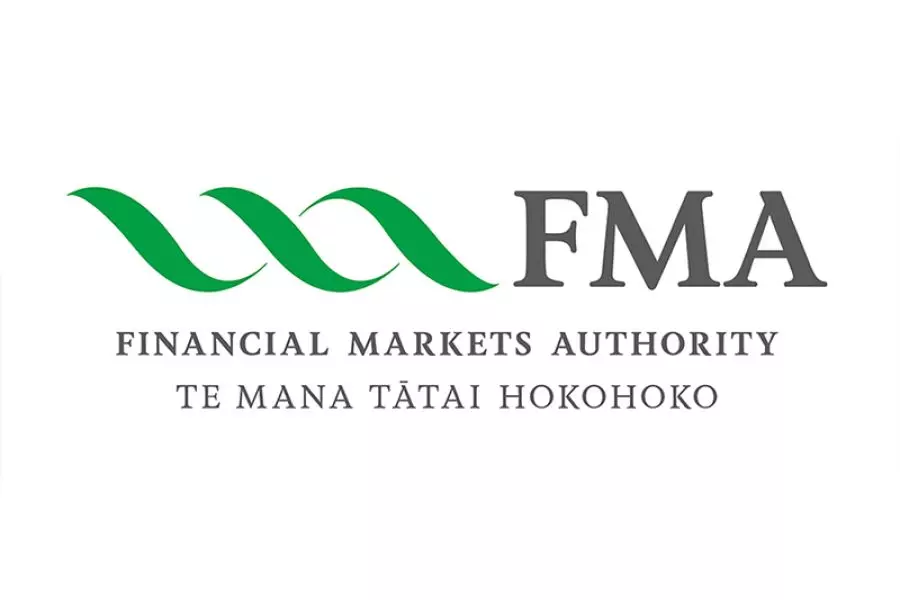
News
House prices forecasting more judgment-based than science

Monday 30th of August 2021
ANZ Bank has looked at how nearly all economists and the Reserve Bank got house price predictions so wrong since Covid snuck into New Zealand last year.
Rewind the clock a little more than a year, and, for example, the ANZ’s forecast for double digit house price drops stand in stark contrast to the 30% plus year-on-year house price inflation that occurred.
Even the R...
Want to read the full article?
Click the button below to subscribe and will have unlimited access to full article and all other articles on the site.
2 min read








![[The Wrap] Bye Bye Bayly](https://goodreturns.publit.io/file/c_fill,w_900,h_600/39f23ac1-f7c7-4854-b700-a150004ebbac.webp)